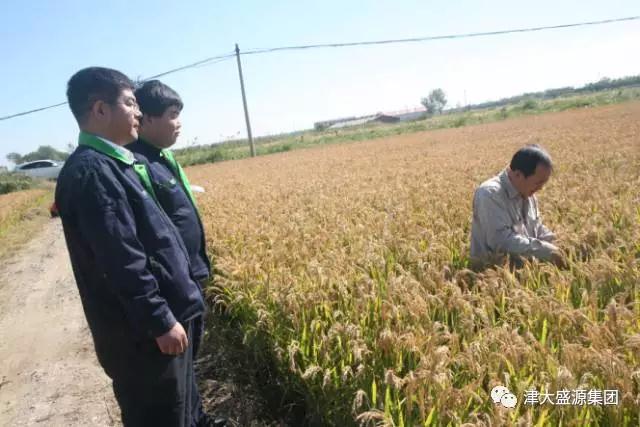News
How to correctly understand the utilization of silicon fertilizer in rice production
Rice is the representative of silicic acid crops. The content of silicon in rice exceeds the sum of nitrogen, phosphorus and potassium. The content of silicon in mature leaves reaches more than 10%, while the content of silicon in high-yield rice leaves can reach 20%. Therefore, silicon is a major element of rice. In the past, rice's demand for silicon fertilizer was limited to irrigation water and a very small amount of plant ash With the popularization of high-yield technology, the research and development of high-yield varieties, there are higher requirements for yield. Due to the excessive application of chemical fertilizer, the number of beneficial microorganisms decreases sharply, the promotion of water-saving technology, the phenomenon of silicon deficiency is relatively common. According to the law of minimum nutrients, silicon deficiency reduces yield, and silicon deficiency is difficult to achieve high yield. The main effects of silicon fertilizer on rice are introduced below.
1. Applying silicon fertilizer to rice epidermal tissue to form cuticle double silicon layer and cuticle double silicon layer can make the epidermal tissue hard and dense, which can significantly improve the lodging resistance of rice; It is precisely because the cuticle double silicon layer significantly weakens the permeability of surface cells, limits the transpiration of water in the body, and improves the drought resistance of rice;
2. Because the cuticle double silicon layer enhances the tenacity of epidermal cells, enhances the resistance to rice blast, flax spot and other diseases, strengthens the resistance to pests and improves the resistance of rice;
3. Rice fully absorbing silicon can reduce the extension angle of rice leaves, make the leaves upright, have good light receiving posture, improve photosynthetic efficiency, and improve rice yield and rice quality;
4. Silicon fertilizer enhanced the aeration tissue of rice, strengthened the oxygen absorption capacity of root system, reduced the damage of divalent iron, manganese and cadmium to root system, so it increased the activity and quality of root;
5. Silicic acid can reduce the content of nitrogen in rice stems and leaves, transfer nitrogen from leaves to panicles, is conducive to the transformation of energy substances, silicon fertilizer is conducive to the formation of rice and the increase of grain number, can inhibit rice respiration under the condition of high nitrogen, accelerate the accumulation of dry matter, is conducive to the early maturity of paddy rice, and will not be prone to green lodging caused by excessive nitrogen fertilizer.
